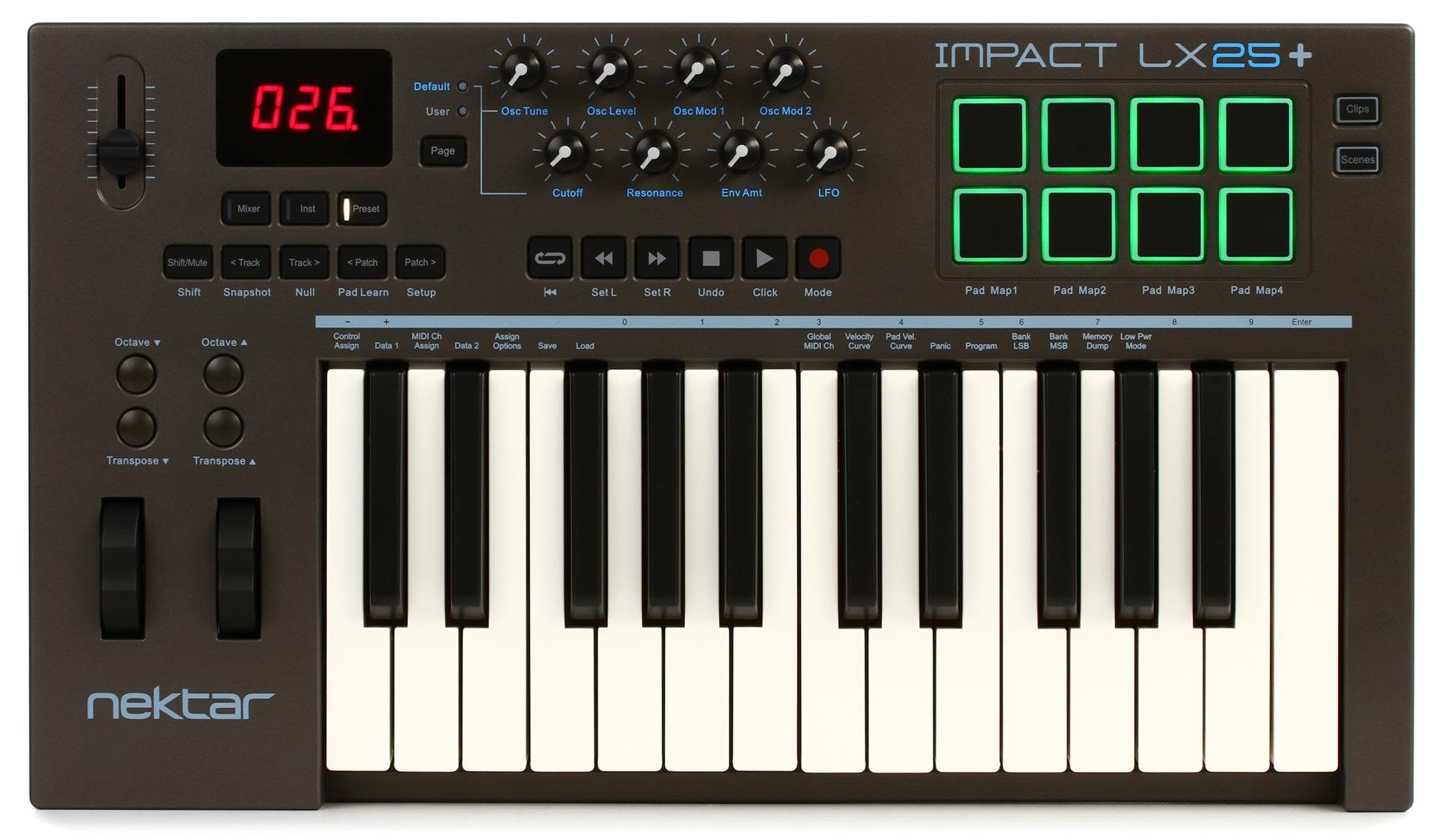

- #Midi patchbay windows 10 generator#
- #Midi patchbay windows 10 update#
- #Midi patchbay windows 10 driver#
- #Midi patchbay windows 10 windows 10#
- #Midi patchbay windows 10 software#
In addition, we included a number of audio-focused enhancements when Windows 10 was released last summer. MIDI Helper libraries for C# and PowerShell.The Win32 wrapper for UWP MIDI (making the API accessible to desktop apps).
#Midi patchbay windows 10 update#
#Midi patchbay windows 10 driver#
Since then, most MIDI interfaces have moved to USB and our in-box support has kept pace, with a class driver and APIs that support those new interfaces. Windows has had built-in MIDI support going back to the 16-bit days. Of course, keyboard mappings and split points can be programmed as well.As Windows 10 evolves, we are continuing to build in support for musician-focused technologies. To do this, simply enable 2 routings, set them on different MIDI channels, and address them to the same polytimbral instrument. This function in AudioStation allows you to control two different programs simultaneously even with master keyboards which aren’t able to transmit on 2 different MIDI channels at the same time. Its main use is with polytimbral instruments, that play more sounds simultaneously, each one receiving on a MIDI channel of its own.

This controls the MIDI channel with the data being sent to the instruments. To get this, Routing 1 and 2 are activated and both assigned to the same instrument, then Routing 2 is set to +7 semitones. Transpose can also be used in some creative ways: two notes can play with an interval of a fifth for each key pressed.

Transposition range is +/- 4 octaves, with 1 semitone interval.

This setting transposes notes that transit through the routing. Proper settings of these parameters can result in some creative dynamic effects, like Velocity Switch (when a key is pressed lightly it plays one instrument, when it pressed more strongly it plays another) and Velocity Crossfade (a crossfade progression from one instrument to another depending on the pressure on the keyboard).
#Midi patchbay windows 10 generator#
This setting can also be helpful when using AudioStation as a multitimbral sound generator in a studio setting, where instruments are played by the MIDI tracks of a sequencer. In this case, you set each master keyboard to a different MIDI channel, and then simply filter out for each instrument the master keyboard MIDI data that plays the other instrument. This filter is extremely useful in many other circumstances as well, even very complex ones, like for example if you use 2 master keyboards to play 2 instruments activated in the same channel of the console. The same thing can be done with sustain pedal, modulation wheel, aftertouch, and others. This important processor can be used to achieve many purposes: for instance, using the aforementioned 2-instruments setup, if you need the pitch bend wheel to only drive one of the two instruments, you simply filter the pitch bend MIDI messages in the routing of the other instrument. This is a powerful MIDI filter that can be adjusted to exclude any kind of MIDI data. These features, combined with those from Global MIDI Routing, allow you to design setups specific for every situation, and for every musician. Hence each channel in the console and every patch, besides loading its own instruments and sounds, benefits from settings of key mappings, split points, layers, transpositions, dynamic curves, specific for every instrument and for every program.
#Midi patchbay windows 10 software#
The Channel MIDI Routing allows you to process MIDI data in input and output for any channel of the mixing console, to create specific mappings, splits and keyboard layers, to set dynamic response and transposition and to recall sounds and volume values: this way the musician can maintain control of software instruments and effects activated in the mixing console, as well as external MIDI instruments and effects that he or she will use, either alone or together with the software ones.Įach mixer channel, thus each musician, has an independent Channel MIDI Routing system of its own, whose settings are saved and recalled along with the patches of that channel.


 0 kommentar(er)
0 kommentar(er)
